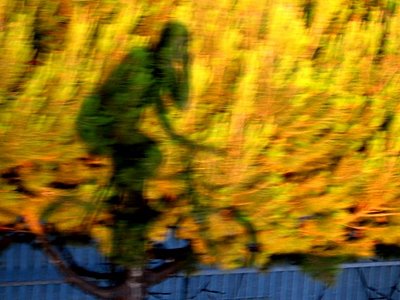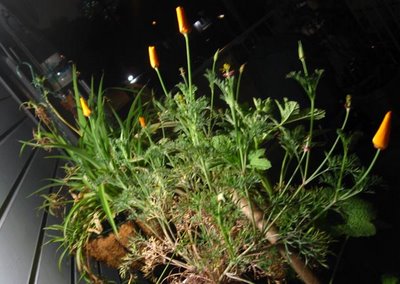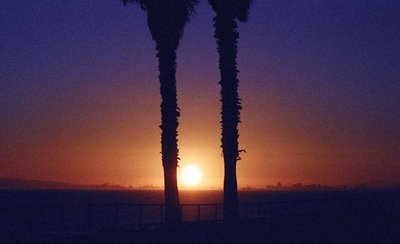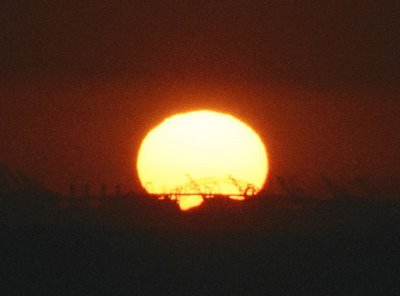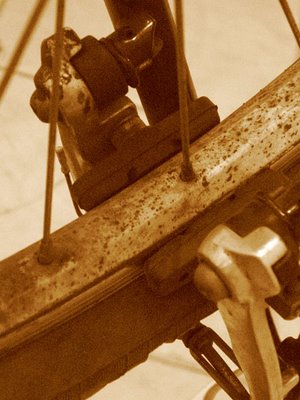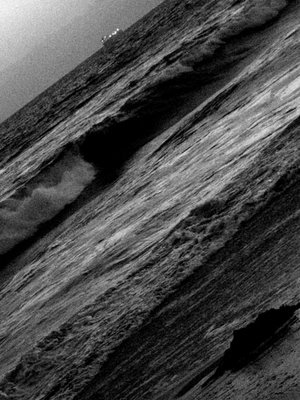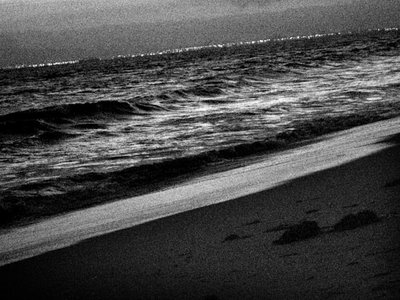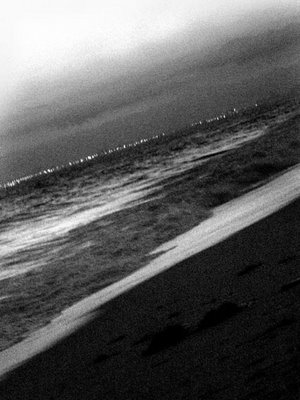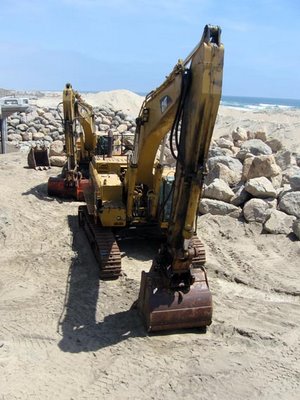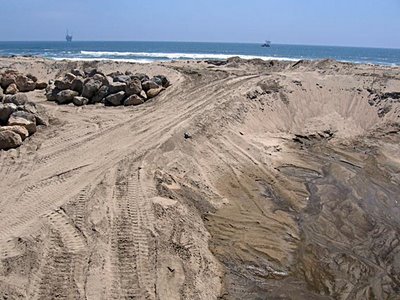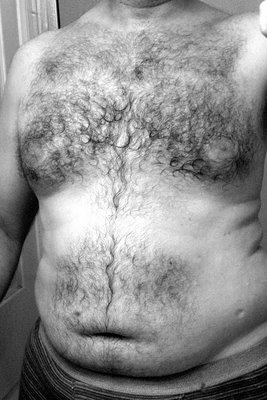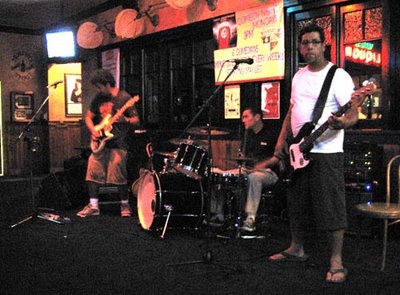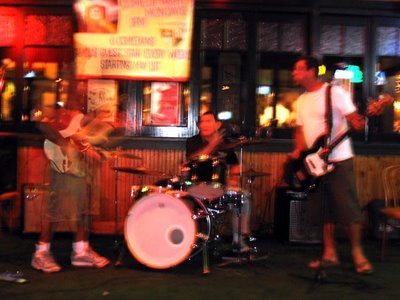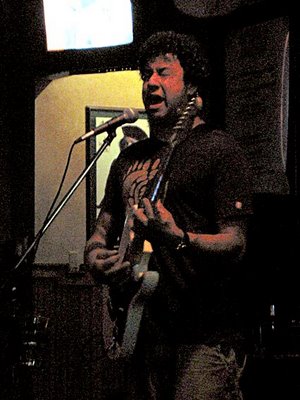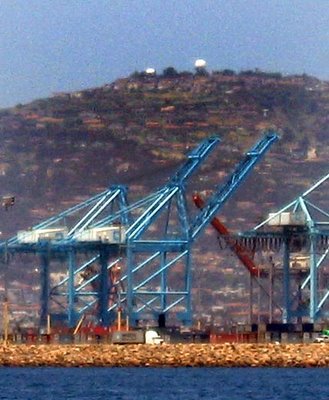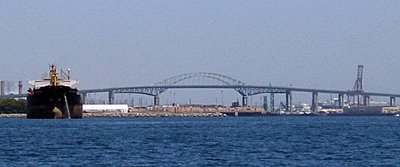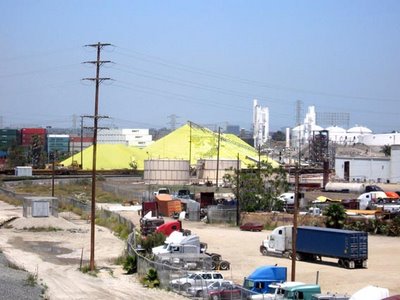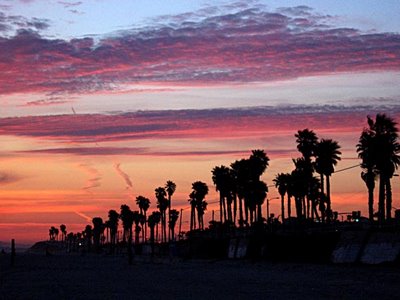
At the eleventh hour, nine riders have been pulled from the race—including four of last year's top five—because of serious allegations of blood doping in Spain.
The fifth of the top five, Lance Armstrong, retired after last year's race.
It certainly raises questions if Lance was able to beat four of the world's strongest riders without ever testing positive for banned blood treatments.
How long have the busted riders been doping and racing without ever testing positive?
How long have the busted riders been doping and racing without ever testing positive?

This guy was probably not among the 50-odd racers the Spanish police have said are under investigation. In February's Tour of California, he came up this hill several minutes behind the peloton. (The elastic hadn't snapped yet, except for this guy.) I feel for the guy who bonks. I know what it feels like to have a big ride still in front of you and to feel like your tank's already empty. As he came up the road, we all gave him a rousing cheer.
With several heavies out of the Tour, the field is suddenly open again for contenders who might not have thought they had a chance. Several Americans—Californians, even—have an even better shot at Tour glory than they might have with veteran riders like Jan Ullrich and Ivan Basso in the race.
Levi Leipheimer (Santa Rosa) and Floyd Landis (used to live in Irvine) are pretty easily in the top five. Both did pretty well in this year's inaugural Tour of California, competing against top-seeded world talent. Both are riding with solid teams, and both have made it through the Tour a few times before (both on Lance Armstrong's squads at least sometimes). Both have shown their chops in the mountains, and both can swing at least a decent time trial.
Watching any pool of great riders is exciting, but it's even better when you've got a hometown boy to cheer on.
With nearly 190 riders, the Tour will still be an intensely competitive race, with all the thrill of watching teams jockey for position for their top riders.
We don't have cable at work, for after I get the boiler fired up. But I might just be checking the text updates on the Tour Website.
With several heavies out of the Tour, the field is suddenly open again for contenders who might not have thought they had a chance. Several Americans—Californians, even—have an even better shot at Tour glory than they might have with veteran riders like Jan Ullrich and Ivan Basso in the race.
Levi Leipheimer (Santa Rosa) and Floyd Landis (used to live in Irvine) are pretty easily in the top five. Both did pretty well in this year's inaugural Tour of California, competing against top-seeded world talent. Both are riding with solid teams, and both have made it through the Tour a few times before (both on Lance Armstrong's squads at least sometimes). Both have shown their chops in the mountains, and both can swing at least a decent time trial.
Watching any pool of great riders is exciting, but it's even better when you've got a hometown boy to cheer on.
With nearly 190 riders, the Tour will still be an intensely competitive race, with all the thrill of watching teams jockey for position for their top riders.
We don't have cable at work, for after I get the boiler fired up. But I might just be checking the text updates on the Tour Website.

